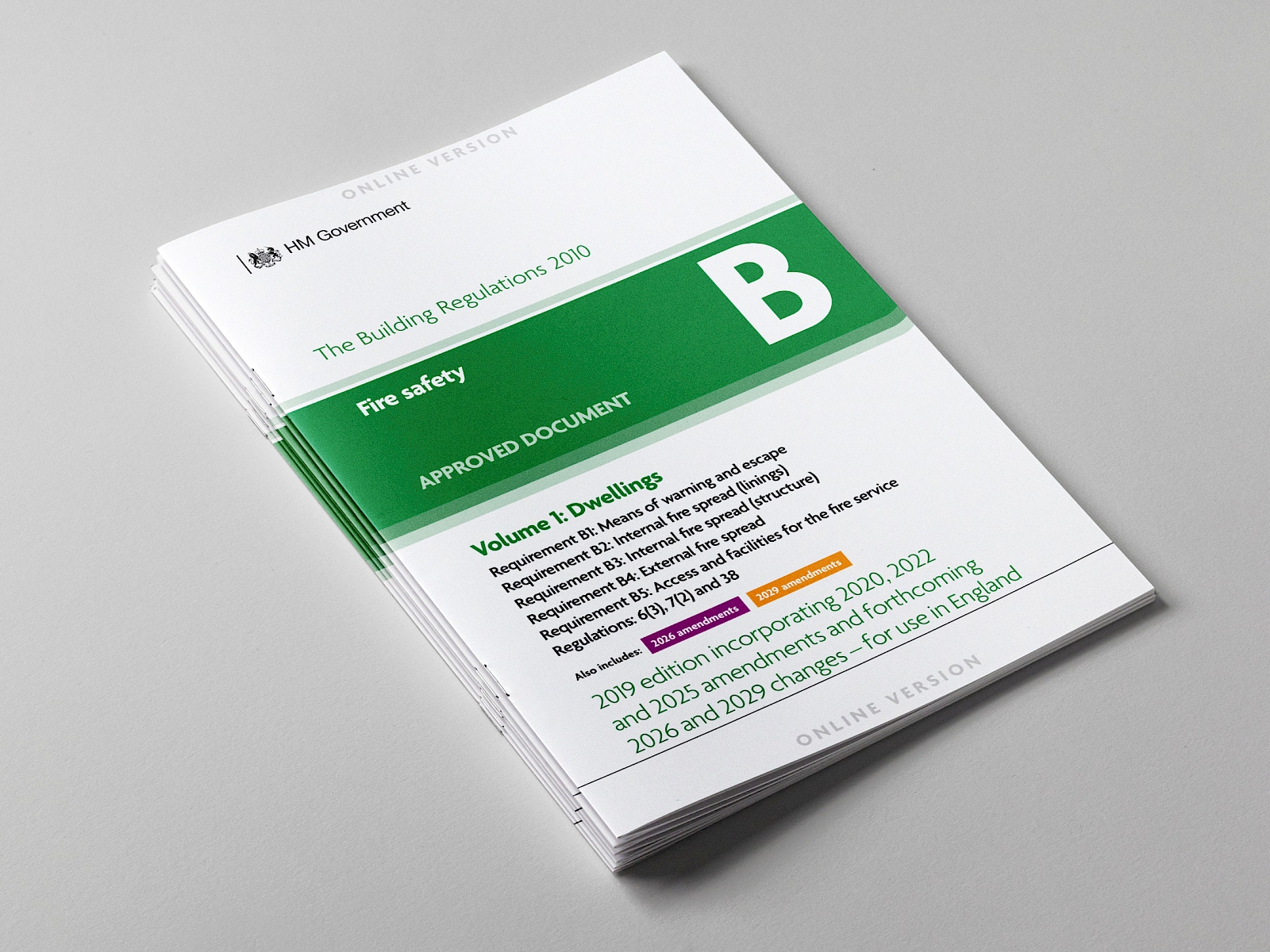Working Detail: friend - or foe - the Approved Documents

Heike Messler
Each month, PTE's Knowledge Hub team will explore the complexities and technical challenges British project architects face every day. This time, we’re diving headlong into that old friend - or foe - the Approved Documents (ADs).
The Building Safety Regulator has opened the bonnet on the whole system, launching a fundamental review of the statutory guidance. This follows the Hackitt Report (Building a Safer Future 2018), the Grenfell Tower public enquiry and the damning verdict that the ADs are “complex, ambiguous and not user-friendly.” No kidding. Anyone who’s wrestled with their different formats, inconsistencies and the 485-odd referenced standards knows exactly what Hackitt meant.
With some 20 ADs in circulation, it’s hardly surprising that the system encourages a silo mentality. Tweak one thing here, and you might undermine fire safety there. Hackitt’s prescription? A single, overarching AD promoting a systems approach, treating the building as an integrated organism rather than a box of spare parts. Whether the BSR dares to go that far is another matter - but the need for clarity is obvious.
For those working as Building Regulations Principal Designers, the gaps and overlaps between the ADs can be excruciating. Who owns which responsibility? Who signs off compliance? Without early agreement, chaos is only a meeting away. That’s why Design Responsibility Matrices aren’t just paperwork - they’re survival tools. Especially with newer and trickier parts of the regs, like Part O, where responsibilities blur and overlap.
The BSR’s final report is due in a year. One hopes the industry will be properly consulted and that we might, finally, get a framework that’s usable rather than Kafkaesque. In the meantime, PTE has endorsed the Architectural Technical Lead Group’s open letter, which sets out six guiding principles for reform. Worth a read - and worth holding the regulators to account.
Link here to the ATLG Open Letter: https://www.linkedin.com/posts/architectural-technical-lead-group_250207-atlg-open-letter-in-response-to-the-activity-7343005980147810305-UfyI?utm_source=share&utm_medium=member_desktop&rcm=ACoAABXIoXgB-8Of1Qlz-ENUD3XDWGMeuNJt7dw






